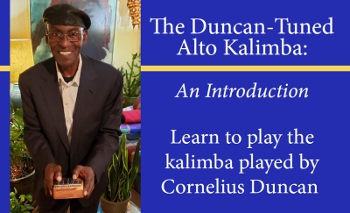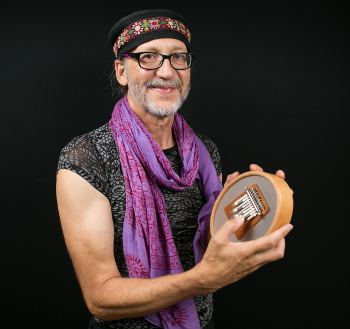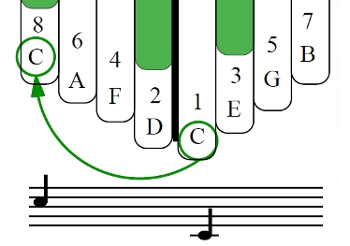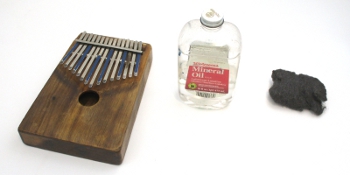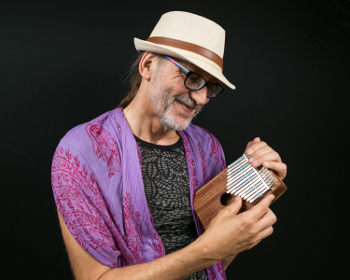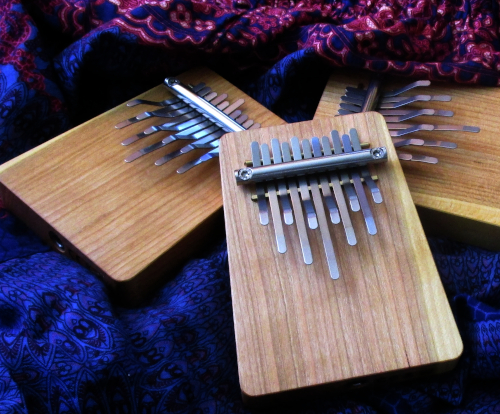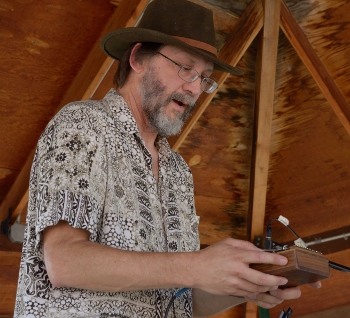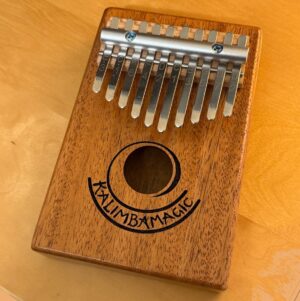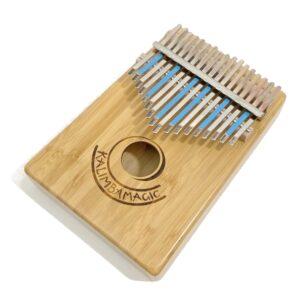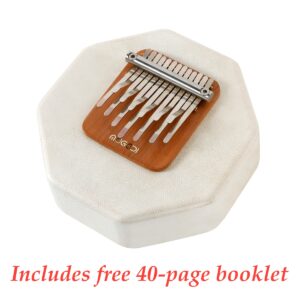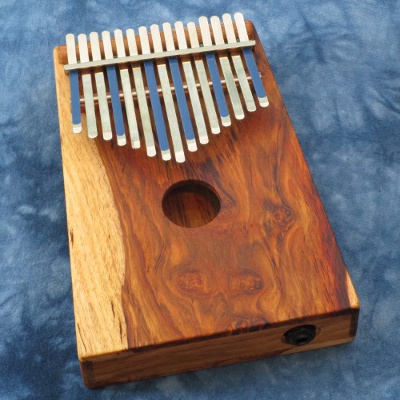
Why Get an Alto Kalimba?
Let Me Count the Reasons The 15-Note Hugh Tracey Alto Kalimba has been made from African kiaat hardwood by African Musical Instruments in South Africa since 1954. I have recently heard from several people who were trying to purchase an Alto kalimba, but their attempts were somehow foiled. Some ignorant sellers are marketing cheaper kalimbas, claiming them to be Hugh Tracey Alto kalimbas. One fellow who was trying to get a good deal had bought two different kalimbas that claimed to be Hugh Tracey Alto kalimbas… but neither of them were! He begged me: “How am I going to get an Alto kalimba?” Well, it isn’t that hard. I
